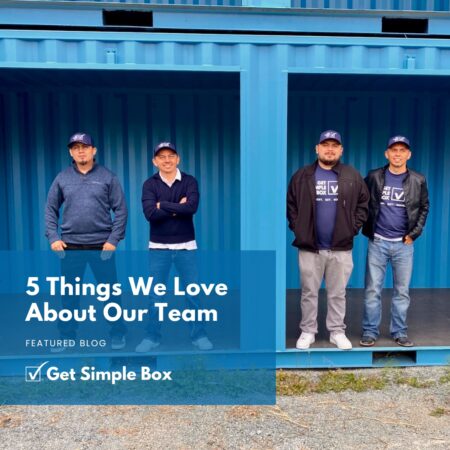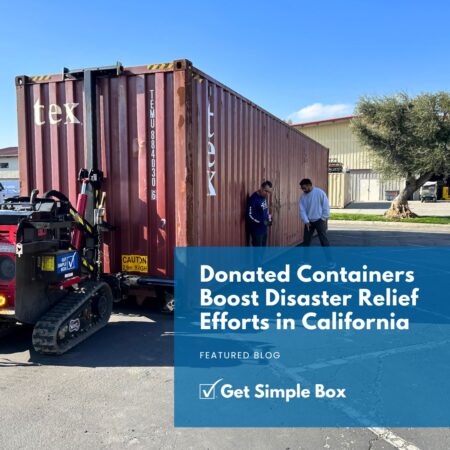
Ready to Learn More About Container Deliveries?
At Get Simple Box, we ensure on-time, hassle-free delivery, so your container arrives ready for use—letting you focus on what matters most.
As active members of the National Portable Storage Association (NPSA), we believe in the value of connection, learning, and collaboration within our industry. Recently, our CEO was invited to contribute an article for their membership, sharing insights on navigating times of uncertainty or transition. Whether you’re part of a growing business or leading your own team, I hope you’ll find these ideas both practical and encouraging.
Table of Contents
“I wish our team had more problems!”
I blurted out in frustration one morning. Each day in our morning meeting (we call it our “huddle”), I would ask my team members for improvement ideas—ways we could do better, things that weren’t working smoothly. But every day, I got nothing. Silence. After weeks of asking and hearing no response, I began to wonder if something was wrong with my team.
Our company operates by Taichi Ohno’s principle that “having no problem is the biggest problem of all,” and here we were, a business that clearly had issues, and yet no one on the front lines seemed to think anything needed improving. I found myself growing annoyed, thinking, “How can these people, who are right in the thick of things, not notice areas that could be improved? Why can’t they just admit that we have problems and could be doing better?”
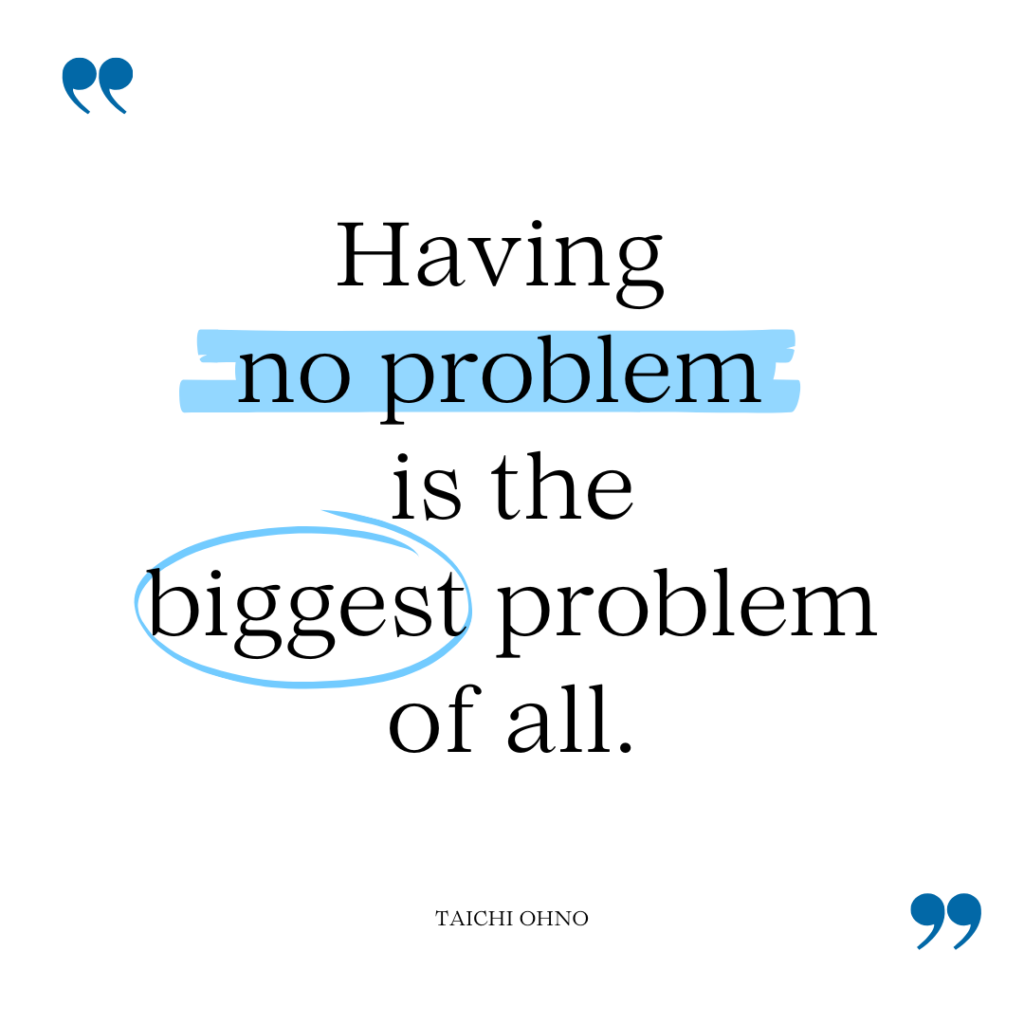
That’s when I had coffee with a friend in the building and remodeling industry who had just wrapped up a strategic planning session with her own team. She was practically glowing as she shared her experience.
“Everyone came in with a list of problems to be solved!” she said, full of excitement, and then she rattled off a list of improvements they were able to implement within days.
“I wish my team had more problems,” I joked. “How did you get them to be so proactive about bringing issues forward?”
She smiled. “It’s simple,” she said. “You just have to ask the right questions.”
That’s when she explained the three questions she’d used with her team to uncover friction in the business. I discovered that It wasn’t that my team couldn’t see problems, it was that I wasn’t asking them the right questions.
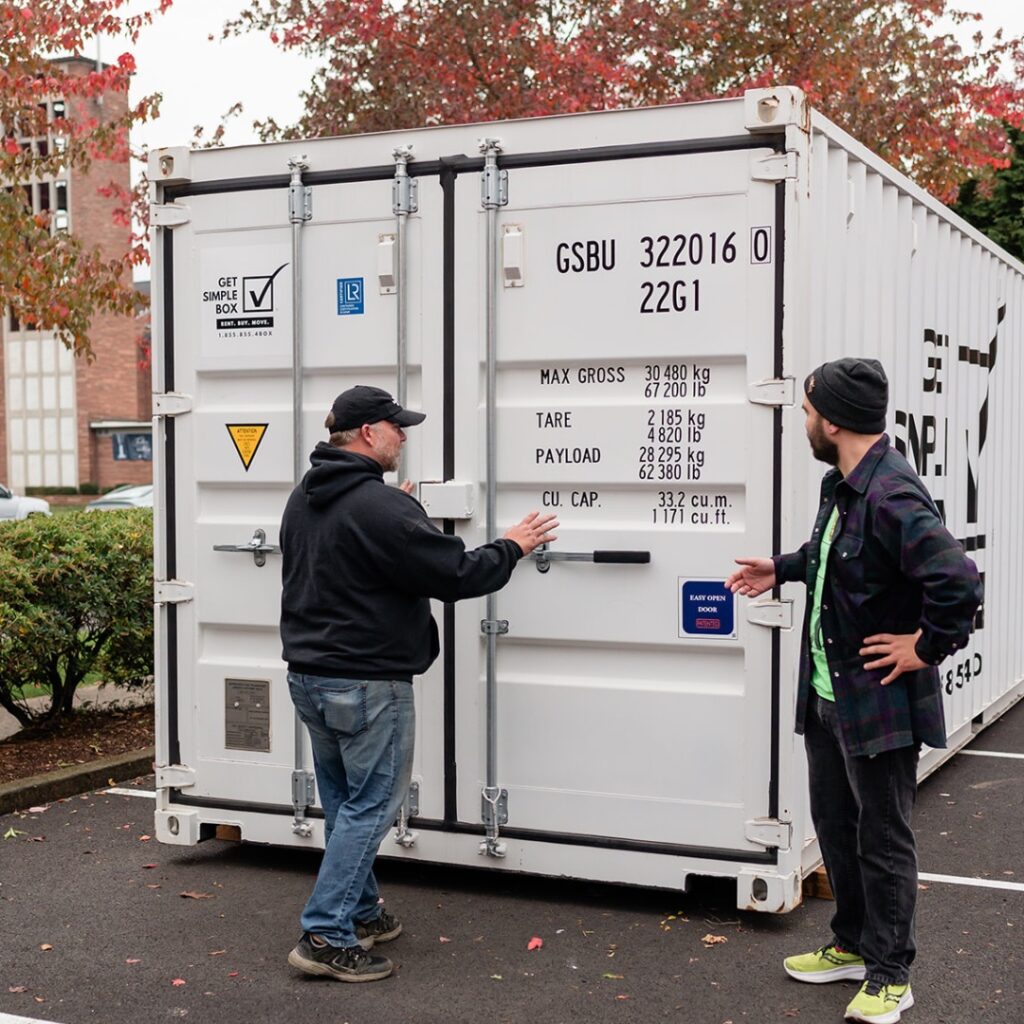
Friction Point Questions
When I finally began asking the right questions, responses from the team started pouring in. Within minutes, they highlighted issues our customers and team members face daily—friction points that had previously gone unaddressed. These insights not only revealed obstacles but also opened the door for simple improvements we could work on together. Here are the three questions that guided our discovery:
- What makes it hard for people to do business with us?
- What questions am I being asked multiple times by customers (or by team members if they are your internal customer)?
- What makes it hard for me to do my own job? Or, if I could streamline one thing that I do repetitively, it would be _____.
By identifying these friction points, we found that implementing solutions became almost straightforward. Almost immediately, morale began to lift as everyone saw the impact of their input.
Within hours, the same team I had once thought struggled to recognize problems had identified over 50 issues and opportunities for improvement! The most common themes included:
- Unclear pricing, especially around delivery fees
- Repeated questions on product features and availability
- Repetitive manual tasks
- Unclear communication
What We Found & How We Improved
Question 1: What makes it hard for people to do business with us?
Feedback from my team: Our customers were facing hurdles like unclear pricing, unexpected delivery delays, and even difficulty understanding the difference between our container types and sizes. Some clients didn’t know we could move loaded containers, while others were frustrated that the website didn’t explain what to expect for delivery fees.
Solution: We updated our website to include transparent pricing, complete with a visual breakdown of delivery fees for different regions. Customers could finally get a quick sense of costs without waiting for a quote, and the response was overwhelmingly positive. Team members felt empowered with clearer information and noticed an increase in customer trust.
Question 2: What questions am I being asked multiple times a week?
Feedback from my team: We found that both customers and team members were frequently asking about key details like pricing, delivery fees, container features, and modification options. Internally, several team members were unclear on ordering processes, which led to frustrating delays and missed opportunities.
Solution: To address this, we first gathered all the FAQs we had across different platforms, bringing them into one central place—this simple step made a huge difference. Then, we began sharing one Question and Answer daily with our team to better prepare them for customer inquiries. On our website, we added more detailed FAQs covering everything from container specifications to customization options, while internally, we provided each team member with standardized pricing sheets and product guides.
For the ordering and inventory process, we realized there were too many hands involved, and the steps needed streamlining. We brought the right people together, walked through the current process, and simplified it—reducing unnecessary steps and reassigning tasks. In less than an hour, we transformed this process, saving everyone hours each month and significantly improving the customer experience.

Question 3: What makes it hard for me to do my own job?
Feedback from my team: Team members highlighted struggles with repetitive manual tasks, particularly copy/pasting between programs, unclear communication across departments, and a lack of access to timely resources. Some were frustrated by waiting for inventory, while others felt uncertain due to outdated guidelines and inconsistent processes.
Solution: While it wasn’t an instant fix, we prioritized implementing a CRM system to automate follow-up emails and assist with scheduling—this shift lifted a significant burden we hadn’t fully realized was impacting over half the team. We elevated this project to #1 priority, knowing a streamlined system would empower our team members to work more efficiently.
Additionally, we discovered that many team members were searching for a “single source of truth.” Much of our knowledge was scattered or outdated, relying on “tribal knowledge” where people had to know who to ask rather than consulting a reliable resource. To address this, we gathered all existing processes and how-to guides from various locations, including post-its, YouTube tutorials, and insights from long-time team members, and consolidated them into updated standard operating procedures (SOPs). Each SOP clearly defines roles, basic steps, and quality standards (“OK vs NOK”), which has given our team a consistent, accessible foundation. With these new standards, team members feel confident in their roles, knowing they have the resources to support them.

The Way Forward
Even after leading my company for over 27 years, it was enlightening to discover new aspects of our operations through these specific questions. The changes we’ve implemented since have led to a noticeable shift. Positive reviews from customers have increased, questions have been answered faster, and internally, team morale has been improved as members feel heard and supported. Asking these three Friction Point questions not only solved several existing problems but also set the stage for continued growth and enhancement in our operations.
Ask your team members—and even yourself—these three questions, listen attentively to the feedback, and then do the work of converting friction to momentum in your operations.
If these ideas resonate with you, we’d love to hear about it! Whether you use these key questions to spark conversations within your team or find ways to adapt them to your own challenges, feel free to share your insights or reach out.
Thank you for taking the time to read, and as always, we’re here to help with storage, moving, or business storage solutions whenever you need us.
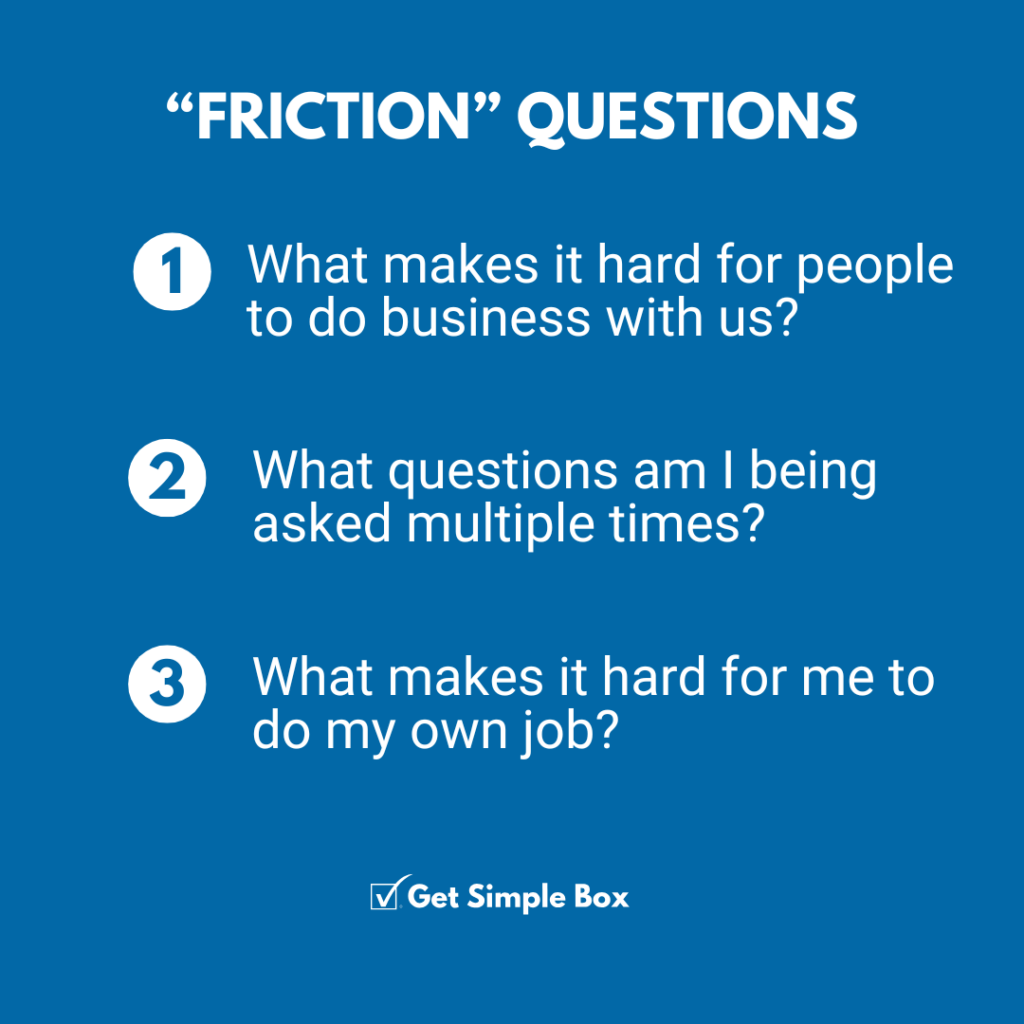
Ready to Learn More About Container Deliveries?
At Get Simple Box, we ensure on-time, hassle-free delivery, so your container arrives ready for use—letting you focus on what matters most.
Share this Post:
Related Posts
10 Pro Tips to Declutter, Organize & Store Smarter with a Portable Storage Container for Spring Cleaning Spring is the
When it comes to storing your things or moving from place to place, container insurance might not be the first
At Get Simple Box, we believe that our greatest strength isn’t our containers—it’s our people. Every day, our team shows
When it comes to selling a home, presentation is everything. Successful realtors know that the more appealing a home looks,
Wildfires in Southern California have caused devastating damage, displacing thousands and creating an urgent need for relief and recovery resources.
Imagine owning a business that not only thrives during economic uncertainty but also allows you to balance meaningful work with


